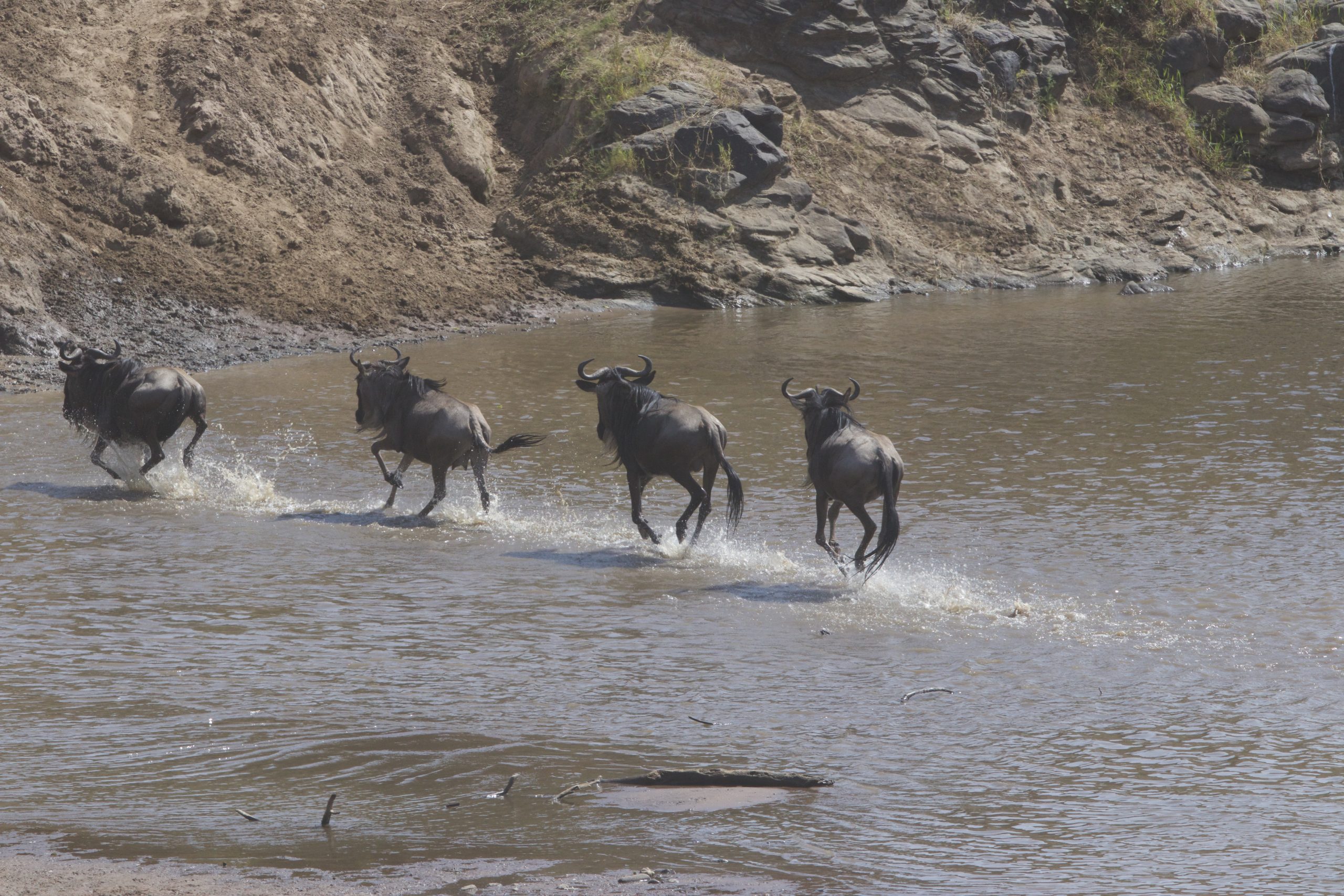The Wild Beast Migration Adventure in Kenya.
The wildebeast migration in Kenya is one of the most spectacular natural phenomena on the planet, captivating wildlife enthusiasts and tourists alike. Here’s a brief overview of the history and significance of the wildebeest migration in Kenya:
1. **Ancient Migration Patterns**: The wildebeest migration is an ancient event that dates back thousands of years. It is believed that the migration patterns of wildebeests, zebras, and other herbivores in the Serengeti-Mara ecosystem have remained relatively unchanged for centuries.
2. **Serengeti-Mara Ecosystem**: The migration primarily takes place between the Serengeti National Park in Tanzania and the Maasai Mara National Reserve in Kenya. These two protected areas, along with adjoining conservancies and wildlife corridors, form a vast and diverse ecosystem that supports millions of animals.
3. **Seasonal Movement**: The migration is a circular pattern driven by the search for food, water, and breeding grounds. It follows the seasonal rains, with the wildebeests moving in a clockwise direction, crossing the Mara River into Kenya from July to October, and returning to the southern Serengeti from November to June.
4. **Key Events**: The migration is punctuated by several key events, including the calving season in the southern Serengeti from January to March, where hundreds of thousands of wildebeest calves are born. The river crossings in the Mara River during the dry season (July to October) are particularly dramatic, as wildebeests brave crocodile-infested waters to reach greener pastures.
5. **Ecological Impact**: The migration plays a crucial role in the Serengeti-Mara ecosystem’s health and balance. It stimulates new growth by grazing on grasslands, provides food for predators like lions and crocodiles, and contributes to nutrient cycling through dung deposition.
6. **Tourism and Conservation**: The wildebeest migration is a major draw for tourists visiting Kenya and Tanzania, contributing significantly to the region’s tourism industry. It also highlights the importance of conservation efforts to protect migratory routes, wildlife habitats, and natural heritage.
Overall, the wildebeest migration in Kenya is a timeless spectacle that showcases the resilience and interconnectedness of nature, reminding us of the wonders and complexities of the natural world.




